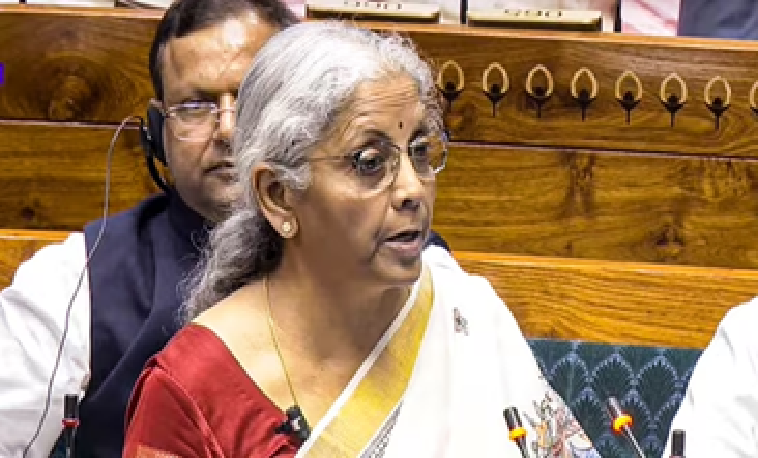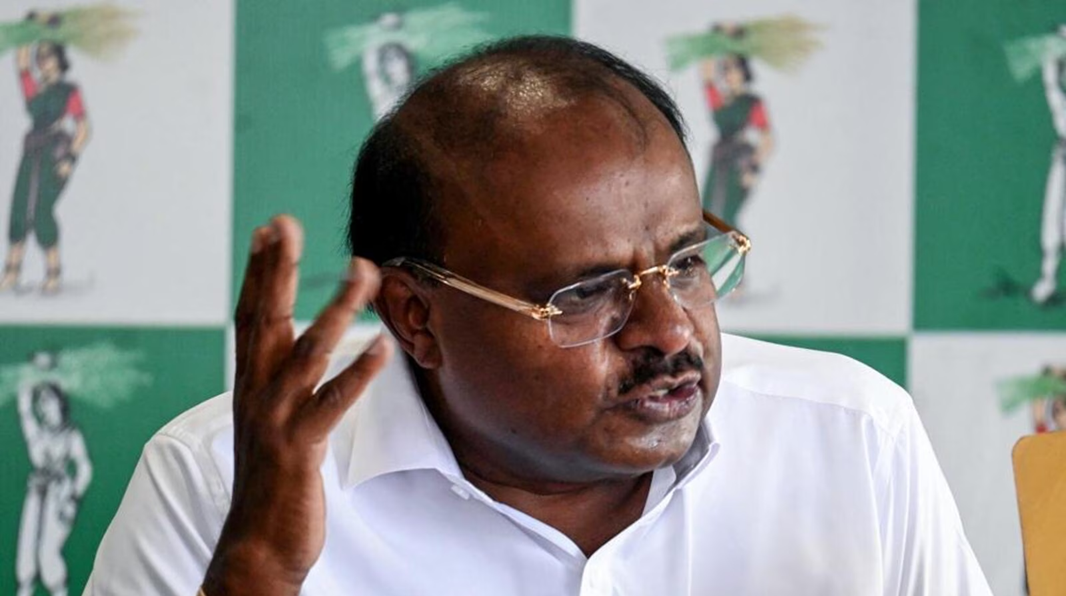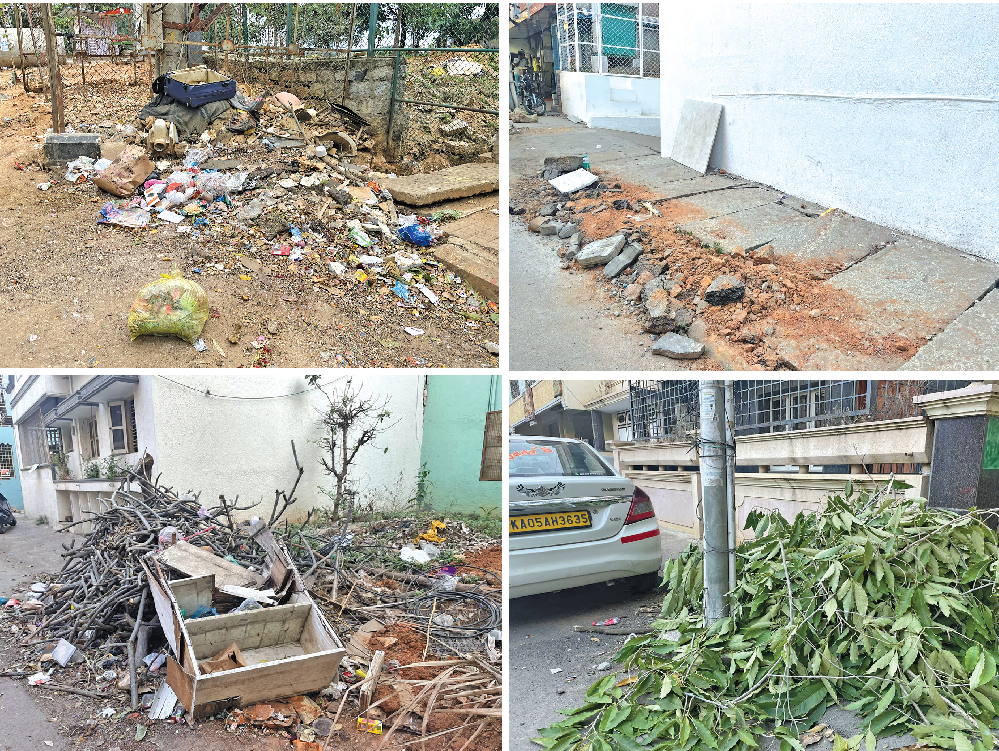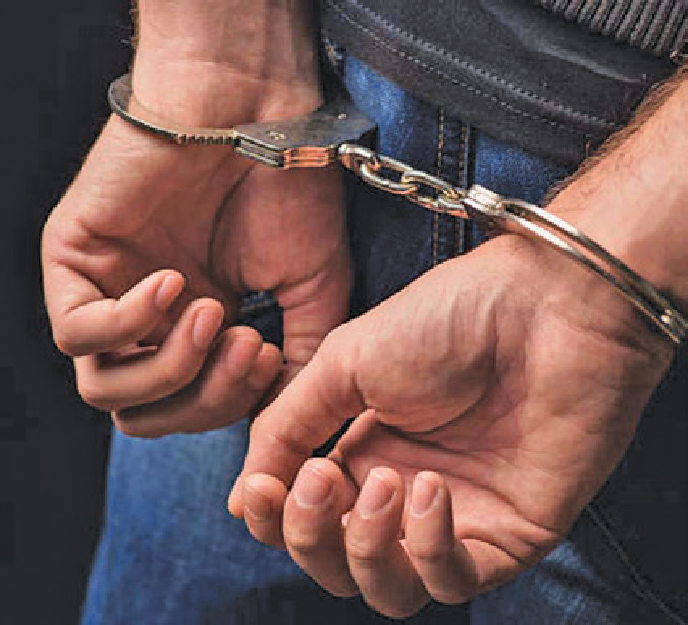
Bengaluru's public transport crisis: Challenges & potential solutions
Sowmya Raju | NT
Bengaluru: Despite the increasing traffic congestion and pollution in Bengaluru, many people are still reluctant to use public transport.
According to BMTC records, daily ridership is witnessing a downward trend. From a ridership of 51.3 lakh in 2014-2015 to 28-29 lakh this year As of September, Bengaluru has a total of approximately 1 crore registered non-transport vehicles.
In September alone, the city saw an increase of 1,300 motorcycles and scooters, and 409 new cars added daily, bringing the total vehicle count to 1 crore by September 30.
The city's 6,000 BMTC buses serve approximately 27 lakh passengers daily, a number that has grown due to the Shakti Scheme.
Commuters face extreme crowding during peak hours, often lacking even standing room.
Why are people reluctant to use public transport?
Public transport in Bangalore is often unreliable, overcrowded, and uncomfortable.
Buses and trains are often delayed or cancelled, and they are often packed with passengers, making it difficult to get on and off. Mohandas Pai, an activist in Bengaluru said, “The BMTC needs at least 15,000 buses to accommodate the public but we have about 6000. The 6000 of the available buses is also in extremely dirty bad condition.”
The city's public transport system doesn't adequately serve all economic segments. Mohandas Pai highlighted the disparity, explaining that well-off IT employees or businessmen opt for cabs or autos due to the perceived inadequacy of BMTC buses, which daily wage labourers rely on, despite infrequency and delays.
He deemed BMTC a failed organisation that missed multiple opportunities. Suggesting collaboration with private buses, he proposed offering more comfortable, albeit slightly more expensive, AC bus rides, which economically better-off individuals might prefer, thereby improving public transport accessibility.
Public transport is often perceived as being unsafe, especially for women and children. There have been numerous reports of harassment and assault on public transport in the city.
Dhruv N K, a college student and frequent bus user, highlighted the irony of bus travel, emphasising the safety concerns during journeys to and from bus stops or metro stations.
He noted the potential dangers and tedious waiting, particularly for women, despite feeling safe once on board. Bengaluru resident and activist, Raghavendra B Pachhapur, shared his experience of briefly switching from a two-wheeler to using a BMTC bus pass.
He noted that this change resulted in an additional 1.5 to 2 hours of daily commuting time. Finding a seat was rare, and dealing with packed buses, especially with a laptop bag or physical health issues, was uncomfortable.
After this experience, he decided not to attempt it again. Public transport can be highly inconvenient, especially for those in areas with limited service.
Long walks to reach bus stops or metro stations and the need for multiple transfers can complicate journeys. Festive seasons often see reduced public transport services due to staff shortages, making travel harder for those without private vehicles.
Recently, footage of overcrowded Bengaluru Metro trains went viral, drawing comparisons to Mumbai's famously crowded local trains. The BMRCL has seen increased footfall with the completion of the Purple Line, and this trend is expected to continue as more metro projects are finished.
Despite expanding lines and stations, train frequency remains constant. Mohandas Pai recommends analysing passenger patterns throughout the day and increasing peak-hour train frequency from 10 to 3-4 minutes to better accommodate the rising demand.
 English daily published in Bengaluru & Doha
English daily published in Bengaluru & Doha






